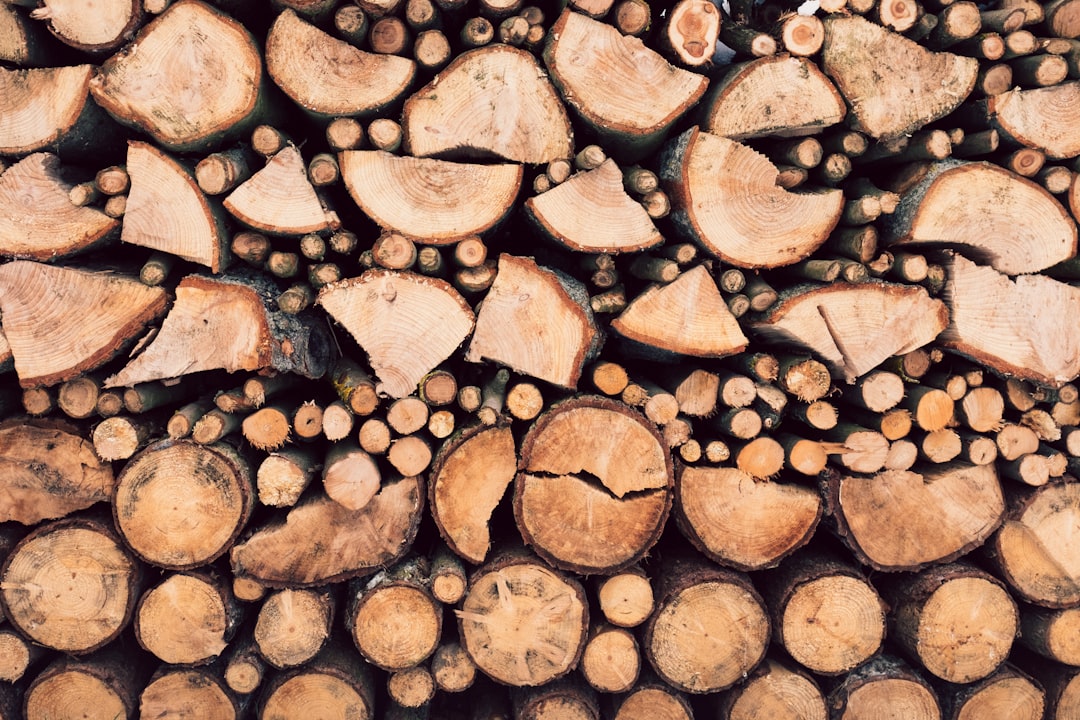For professional photographers, gear protection is just as important as image quality. Among the tools that offer both style and practicality, a high-quality leather camera case stands out. Selecting the right one isn’t just about aesthetics—it directly affects durability, accessibility, and long-term equipment care. With innumerable options on the market, choosing the best leather case requires a thoughtful approach, particularly for those who travel frequently or shoot in demanding conditions.
In this guide, we’ll explore the critical criteria a professional should consider when looking for the perfect leather camera case.
1. Evaluate Protection and Durability
The primary function of any camera case is to protect the gear inside. A leather case must go beyond looking good—it should shield your equipment from the elements and minor impacts.
- Material Quality: Look for full-grain or top-grain leather. These variants offer superior tensile strength and age gracefully.
- Padding and Internal Lining: Ensure the case has adequate shock-absorbing padding and a soft interior to prevent scratches or lens damage.
- Water Resistance: While leather is naturally resistant to water, check if the case has been treated for added protection against weather elements.
An often overlooked feature among cheaper cases is stitching quality. Opt for hand-stitched or machine-sewn threads made with industrial-grade nylon to ensure long-term use.

2. Consider Functionality and Design
Appearance matters, but for a working professional, functionality is paramount. Think beyond looks and focus on how the case supports your daily photography tasks.
- Quick Access Compartments: A good case should allow easy access to lenses, memory cards, and batteries without having to remove the entire rig.
- Strap Compatibility: Adjustable and padded straps reduce fatigue for photographers working long hours.
- Custom Fit: Look for cases designed specifically for your camera model for a snug, secure fit that doesn’t jostle during travel.
Some manufacturers offer customizable inserts or modular components, which are ideal for photographers who alternate between DSLRs, mirrorless cameras, and accessories.
3. Brand Reputation and Craftsmanship
Buying a leather camera case is an investment. Well-established brands like Billingham, Oberwerth, or HoldFast Gear are known for their craftsmanship and use of premium materials. When you invest in a reputable brand:
- You receive better warranty and customer service
- You’re assured consistency in design and performance
- Resale value often holds better if the brand is recognized
Handcrafted leather cases often include attention to details like burnished edges, high-quality zippers, and embossed branding—features that speak to their durability and uniqueness.

4. Weight and Portability
While leather cases are typically heavier than nylon or synthetic alternatives, professional photographers should still consider how the weight impacts usability. If you’re frequently shooting events or traveling abroad, saving weight is critical.
Tips:
- Choose cases with multi-point shoulder support or attachable backpack-style straps
- Look for reviews that mention comfort and ergonomics when worn for extended periods
- Opt for compact yet sufficiently compartmentalized designs to reduce bulk
5. Aesthetic Value and Personal Style
Leather camera cases carry a timeless appeal and can often double as fashion statements in creative industries. While functionality is key, many professionals prefer cases that reflect their brand’s identity or project a specific image.
Over time, high-quality leather develops a patina—a soft sheen formed from wear and exposure—which can add character and uniqueness to your case. This aged look is especially valued among lifestyle and portrait photographers as it tells a story of experience and hours in the field.
Conclusion
Choosing the best camera leather case requires striking a balance between protection, functionality, durability, and style. Professional photographers should invest time in researching options and testing how a case performs in real-world conditions. Always prioritize build quality and practical design over pure aesthetic value.
With the right case, your camera doesn’t just stay safe—it becomes part of your professional identity.